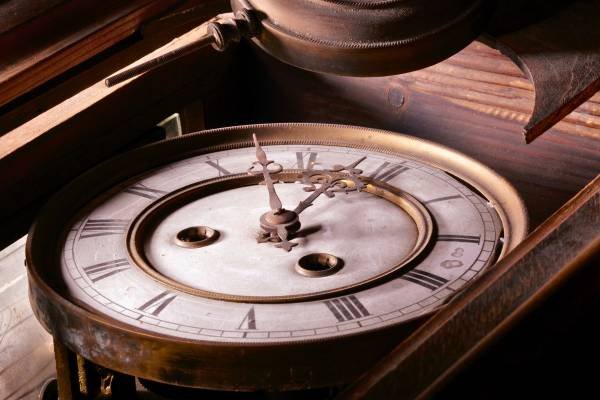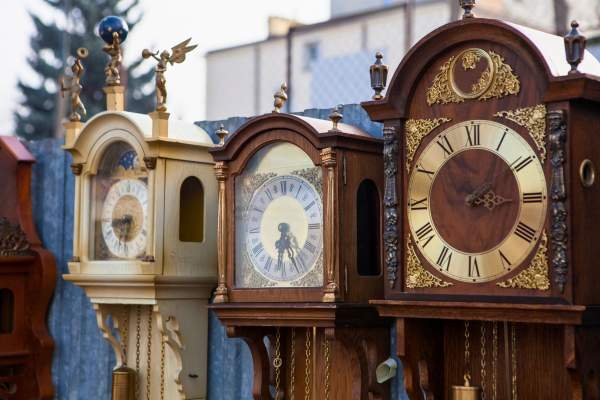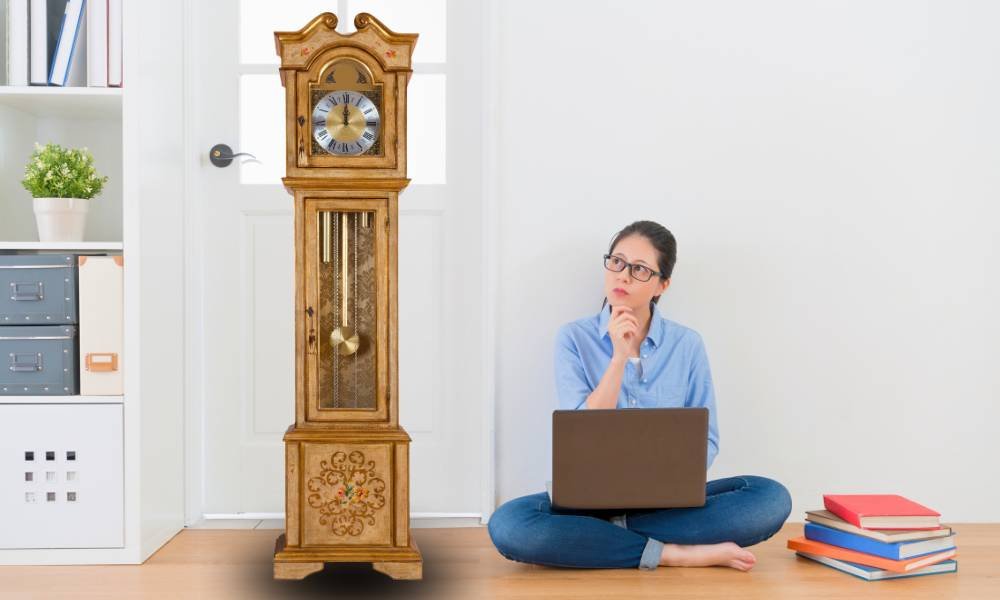Setting a grandfather clock can seem like a daunting task, but with the right guidance, it becomes a rewarding experience. In this article, “How to Set Grandfather Clock,” we will walk you through each step, ensuring your clock runs perfectly and stands as a proud centerpiece in your home. From understanding its intricate components to adjusting the time and maintaining its beauty, we’ve got you covered. Whether you’re a seasoned collector or a first-time owner, our comprehensive guide will help you achieve precise timekeeping and enhance your living space’s charm. Let’s dive into the world of grandfather clocks and set yours up flawlessly.
How to Set a Grandfather Clock: A Step-by-Step Guide
- Choose the perfect location: Place the clock on a stable, level surface away from direct sunlight and extreme temperatures.
- Level the Clock: Use a level to ensure the clock is upright; adjust its feet or base as needed for stability.
- Hang the Pendulum: Securely attach the pendulum, ensuring it swings freely without hitting any parts.
- Set the Weights: Attach the weights correctly according to the manufacturer’s instructions to ensure proper functioning.
- Adjust the Time: Move the clock hands to the correct time, making sure not to force them.
- Wind the clock: Follow the recommended winding procedure, typically done weekly, to keep the clock running smoothly.
- Maintain Regularly: Clean and service your clock regularly to prevent issues and extend its lifespan.
Understanding the Components

Understanding the components of a grandfather clock is crucial for proper setup and maintenance. The key parts include weights, pendulums, and chimes. Weights drive the clock’s movement and ensure accurate timekeeping. The pendulum regulates the clock’s ticking, maintaining a consistent rhythm. Chimes add a melodic feature, marking the passage of time with musical tones. Each component must be properly aligned and functioning for the watch to work correctly. By comprehending the role of these parts, you can set and maintain your grandfather clock effectively, ensuring it remains a reliable and charming centerpiece in your home.
Preparing the Clock for Setup
Preparing your grandfather clock for setup is crucial for its longevity and accuracy. Begin by carefully unpacking the watch, paying attention to every detail to avoid damage. Once unpacked, inspect all components meticulously. Ensure that all parts, including weights, pendulums, and chimes, are present and in good condition. Check for any signs of damage or missing pieces, as even minor issues can affect the clock’s performance. Taking the time to properly prepare your watch will ensure it runs smoothly and stands as a reliable timepiece in your home. This careful preparation is the first step in setting up your grandfather clock successfully.
Choosing the Right Location

Choosing the right location is crucial when setting a grandfather clock. Place the clock on a stable, level surface to ensure minimal vibrations and accurate timekeeping. Avoid areas with direct sunlight, which can cause fading and damage to the watch’s finish, and steer clear of extreme temperatures, as they can affect the clock’s internal mechanisms. A stable environment will help maintain the watch’s performance and longevity, allowing you to enjoy its beauty and functionality for years to come. Proper placement is the first step in ensuring your grandfather clock remains a treasured piece in your home.
Leveling the Clock
Leveling your grandfather’s clock is crucial for accurate timekeeping. Start by placing a level on top of the clock to ensure it is perfectly upright. If the watch is not level, adjust the feet or base accordingly. Many grandfather clocks have adjustable feet that can be turned to raise or lower each corner. If your watch doesn’t have these, use small shims under the base until the clock is stable and level. Ensuring your watch is level will help it run smoothly, preventing issues with the pendulum and ensuring precise timekeeping. This step is vital for maintaining your clock’s accuracy.
Hanging the Pendulum
Hanging the pendulum of your grandfather’s clock correctly is crucial for its proper functioning. Begin by securely attaching the pendulum to its suspension spring or hook, ensuring a stable connection. Check that the pendulum swings freely without any obstructions, as this unrestricted movement regulates the clock’s timekeeping accuracy. Properly hanging the pendulum sets the foundation for enjoying the timeless charm and precision of your grandfather clock.
Setting the Weights

To set a grandfather clock, start by correctly attaching the weights to the clock mechanism. Each weight has a specific function: the heaviest weight typically drives the time, the second heaviest controls the chime, and the lightest manages the strike. Carefully hook each weight onto its designated pulley or chain, ensuring they are securely attached. Proper placement of the weights is crucial for the clock’s accurate operation and chime synchronization. Regularly check the weights and adjust as needed to maintain precise timekeeping and chiming sequences.
Adjusting the Time
To adjust a grandfather clock, start by manually setting the clock hands to the correct time. Gently move the minute hand to the desired time, ensuring not to touch the hour hand. Next, synchronize the chimes with the time settings by allowing the watch to chime fully at the hour, half-hour, and quarter-hour marks. This process ensures the clock’s auditory signals match the displayed time, maintaining accuracy and tradition. Regular adjustments may be necessary to keep the watch in perfect sync.
Winding the Clock
To wind a grandfather clock, use the key provided, turning it gently clockwise until resistance is felt. Wind each weight individually, ensuring they are at the same level. Do this weekly to maintain accurate timekeeping. Regular maintenance includes checking for dust and lubricating moving parts annually. This ensures the consistent performance and longevity of your watch.
Maintaining Your Grandfather’s Clock
Maintaining your grandfather clock involves regular cleaning and servicing. Dust the exterior and interior components to prevent buildup that can affect functionality. Schedule professional servicing every 2-3 years to ensure all parts are in optimal condition. For common issues, such as the watch running too fast or too slowly, try adjusting the pendulum length. If problems persist, it’s best to seek professional help to avoid further damage. Proper care and timely troubleshooting will keep your clock running smoothly and accurately for generations.
FAQs for Setting a Grandfather Clock
1. How do I set the time?
✅Move the minute hand clockwise, pausing at each quarter-hour if adjusting for more than 15 minutes.
2. What if my clock runs fast or slow?
✅Adjust the pendulum: lower it for fast time, raise it for slow time.
3. How often should I wind my clock?
✅wind your watch weekly, using the key to raise the weights fully.
4. How do I maintain accuracy?
✅Dust regularly, schedule professional servicing every 2-3 years, and keep the clock away from drafts and vibrations.
5. When should I seek professional help?
✅If the clock stops frequently, makes unusual noises, or has broken parts, consult a professional.
Conclusion
In conclusion, knowing “how to set grandfather clock” ensures it runs smoothly and remains a cherished heirloom. Regular maintenance, including dusting and professional servicing, keeps it in top condition. Adjusting the pendulum helps manage timekeeping accuracy, while weekly winding keeps it operational. When issues arise, seeking professional help prevents further damage. By understanding and caring for your grandfather’s clock, you preserve its legacy for future generations.
